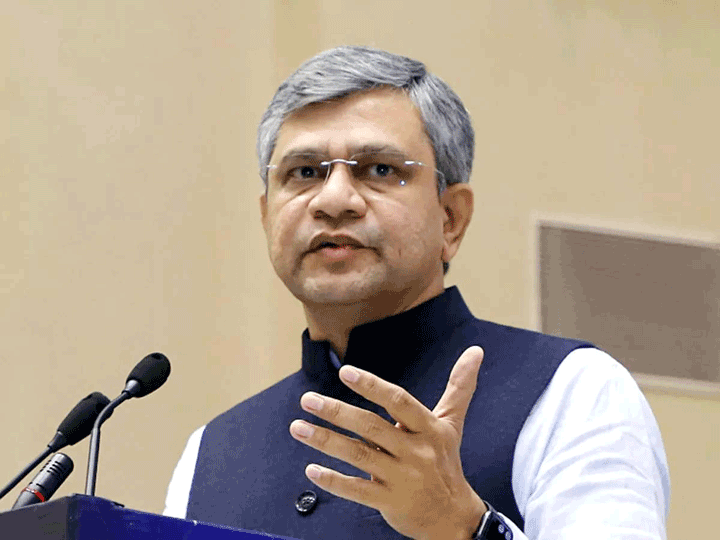Why 5G phones are new focus of freakouts about Huawei
For years, the world has been looking ahead to 5G, the next generation of wireless networks, as the solution to growing demands for mobile data and the gateway to a reality of connected toasters, self-driving cars and robot surgeons. But just as its rollout was gathering speed, a wave of alarms were sounded. Would 5G bring new levels of connectivity or unprecedented risks? Many of the suspicions center on Huawei Technologies Co, China’s largest tech company, which was indicted by the US Justice Department in January on charges that included industrial espionage. President Donald Trump is considering other moves to keep Huawei away from 5G in the US Some telecommunications companies worry that too strict a crackdown will bring price hikes or disruptions in supply.
What’s 5G?
5G simply stands for fifth-generation mobile networks or fifth-generation wireless systems. It will be the successor to 4G, the current top-of-the-line network technology first introduced commercially in 2009. 5G could end up being 100 times faster than 4G, with speeds that could reach 10 gigabits per second. This would allow a full-length high-definition movie to be downloaded in seconds. 5G will also increase transmission speed and total bandwidth, which will be needed to accommodate added demand from the “internet of things” — the ballooning number of objects ranging from refrigerators to traffic lights to dog collars sending and receiving data.











